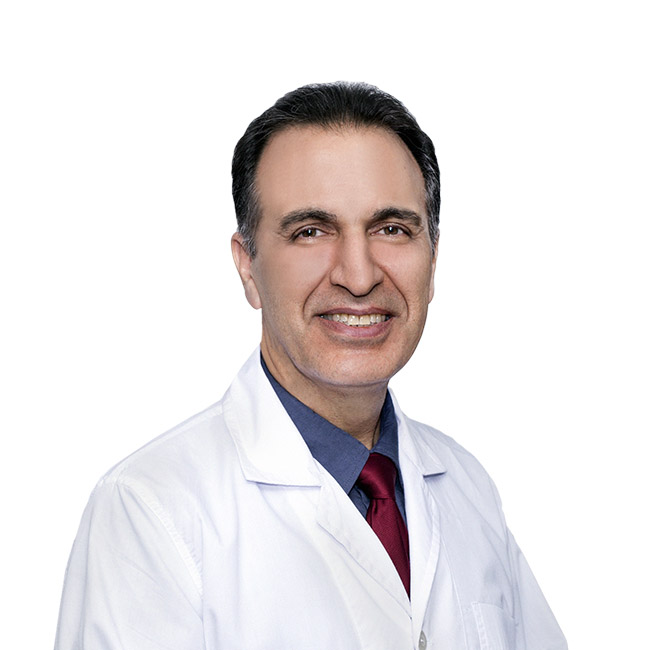Lasik
LASIK surgery, a revolutionary form of laser eye surgery, is designed to address a wide range of vision problems, including myopia, astigmatism, and farsightedness. The procedure offers remarkable benefits, eliminating the need for glasses and contact lenses and providing patients with clear vision. LASIK stands out for its rapid vision improvement and minimal post-operative complications.
Historical Evolution of LASIK:
The initial attempts at a similar operation, called keratomileusis, were performed on humans in 1963, and this method has undergone gradual advancements since then. For over 20 years, the excimer laser has been utilized in LASIK and PRK procedures, which are considered a subtype of LASIK. For more than three decades, eye surgeons have been capable of delicately removing a thin layer of the cornea. The combination of these two techniques, corneal tissue removal and laser treatment on the underlying layer, led to the development of LASIK eye surgery in 1991.
The LASIK Procedure Explained:
LASIK surgery is an outpatient procedure, conducted without anesthesia or pain. It commences with the removal of a thin layer, approximately 160 microns in thickness, from the corneal surface using a microkeratome tool. Subsequently, a computer-controlled excimer laser reshapes the cornea to correct the refractive errors precisely. This corneal reshaping, which takes around 10 seconds, is followed by the repositioning of the initial corneal layer, completing the operation. The entire process for each eye typically lasts approximately five minutes.
Target Area of LASIK:
LASIK surgery primarily involves the cornea of the eye, making it suitable for outpatient settings due to its non-invasive nature. The procedure's remarkable efficacy is achieved through precise and superficial interventions, often employing advanced laser technology. LASIK comprises two key steps: (1) creating a thin corneal flap, skillfully performed by the eye surgeon with a precise blade tool, and (2) utilizing an advanced excimer laser device to irradiate the corneal tissue. At Navavaran Clinic, we employ the world's most advanced laser device for this purpose.
Temporary Post-Operative Symptoms:
Following LASIK surgery, patients may experience some temporary symptoms, including light sensitivity, brief eye burning on the first day, postoperative tears, mild eyelid swelling in the initial days, halos, particularly in the early evenings, and temporary blurred vision for the first few days to weeks.
The Impressive Outcomes of LASIK:
In the vast majority of cases, LASIK eye surgery provides individuals with independence from glasses or contact lenses, significantly enhancing their daily activities and participation in sports, such as swimming and running. The recovery period, lasting from several days to weeks, culminates in remarkably clear vision, enabling individuals to perceive the world with transparency that surpasses even the clarity achieved with conventional glasses.
The Longevity of LASIK Outcomes:
LASIK surgery delivers long-lasting results for approximately 90% of candidates. While anatomical changes like presbyopia in old age may require reading glasses, the majority will not need glasses for the remainder of their lives.
Eligibility for LASIK Surgery:
LASIK surgery is suitable for individuals who are at least 18 years old, as the eye score tends to stabilize after this age. Candidates with specific ranges of farsightedness, nearsightedness, and astigmatism, and those with appropriate eye scores, stable for at least a year, and adequate corneal thickness are considered eligible for LASIK.
Ineligible Candidates for LASIK Surgery:
LASIK surgery is not recommended for individuals with severe keratoconus, severe amblyopia (lazy eye), fluctuating eye scores, thin corneas, insufficient corneal thickness for high eye scores, and those affected by eye diseases like cataracts, glaucoma, rheumatism, severe keratoconus, advanced diabetes, and severe dry eyes.
Advanced Methods for Refractive Error Correction:
Various methods for correcting refractive errors are available, including LASIK, LASIK and PRK, and Femtosecond LASIK. PRK stands out as a more reliable option than LASIK and carries no risk of corneal flap shifting, making it an appealing choice. The Femtosecond LASIK procedure employs a laser to remove the corneal layer, but it shares the risks associated with traditional LASIK.




